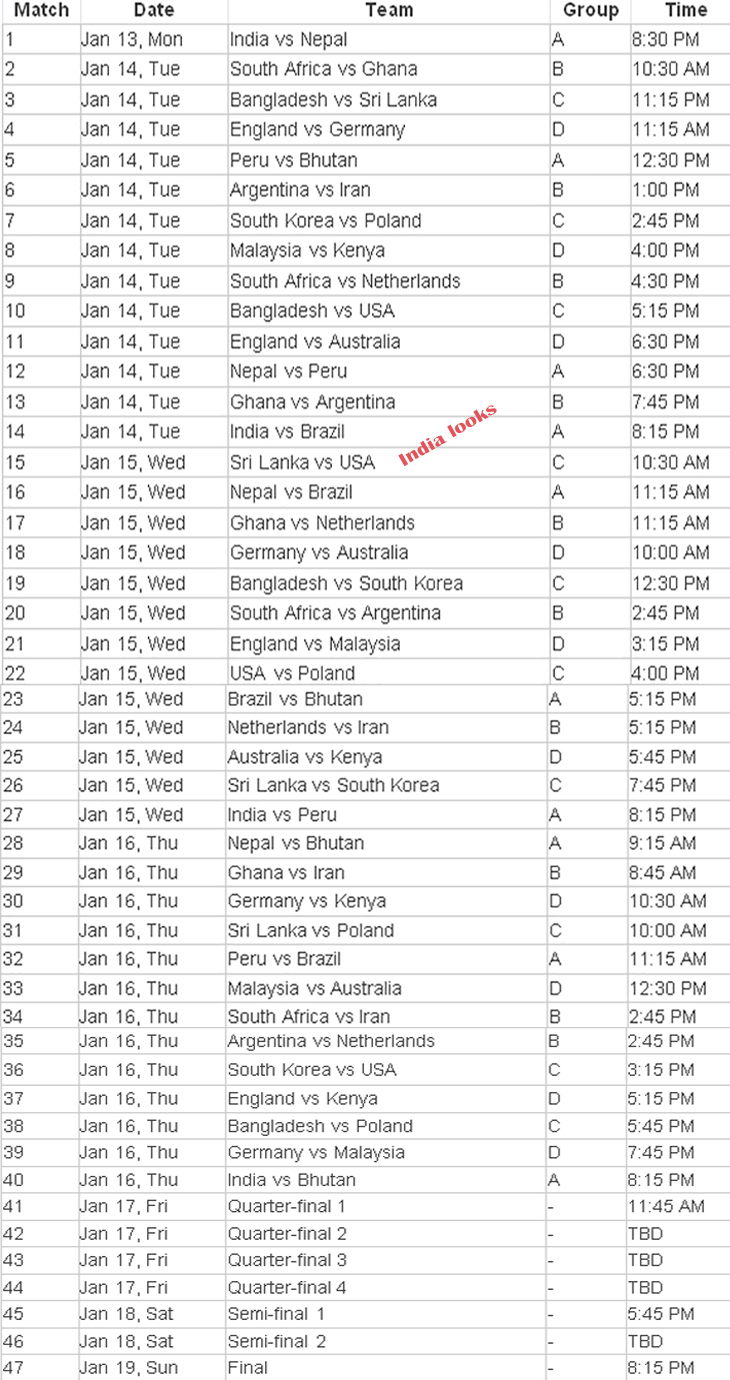High Sodium is a Major Risk Factor for the rise in Obesity: Study

A recent study indicates that sodium, which is present in chips, processed meat items, bread, and dairy products, particularly cheese, may also be a major risk factor for the global increase in obesity rates, even though sugary meals and drinks are more often held responsible.
A concerning association between sodium consumption and obesity, as measured by total body fat and abdominal fat, was brought to light by the research presented at the European Congress on Obesity (ECO 2025).
The study, which was headed by researchers from Finland’s Finnish Institute for Health and Welfare, examined the sodium consumption and urine sodium content of over 5,000 men and women who were 18 years of age or older in order to determine whether or not they were obese.
Interestingly, it was discovered that every participant consumed more sodium than the World Health Organization’s recommended daily intake of 5 grams or less.
High dietary sodium intake was found to be strongly associated with both general and abdominal obesity, especially in women. Obesity and excessive sodium intake are recognized risk factors for diabetes, cancer, heart disease, and high blood pressure.
Individuals who consumed the most sodium were 3.4 times more likely to have abdominal obesity and 4.3 times more likely to be considered obese overall.
Men were 6 times more likely to be obese overall and 4.7 times more likely to be obese around the abdomen if their urine salt concentration was in the highest quartile.
Generally speaking, males eat more food, including more of the foods that are the primary sources of sodium in the diet, such cheese, bread and bakery goods, and meat products. Since our analyses took total calorie intake into account, the larger correlations observed in men may be the result of higher salt intake in relation to total energy intake. However, the correlations were in a similar direction for both men and women, independent of the strength of the relationship, according to Annika Santalahti, Finnish Institute.
With comparable results for both dietary sodium and urine sodium concentration, these findings support the notion of a link between salt intake and obesity. It is crucial to learn more about the biological mechanism underlying the link“, she added.

































